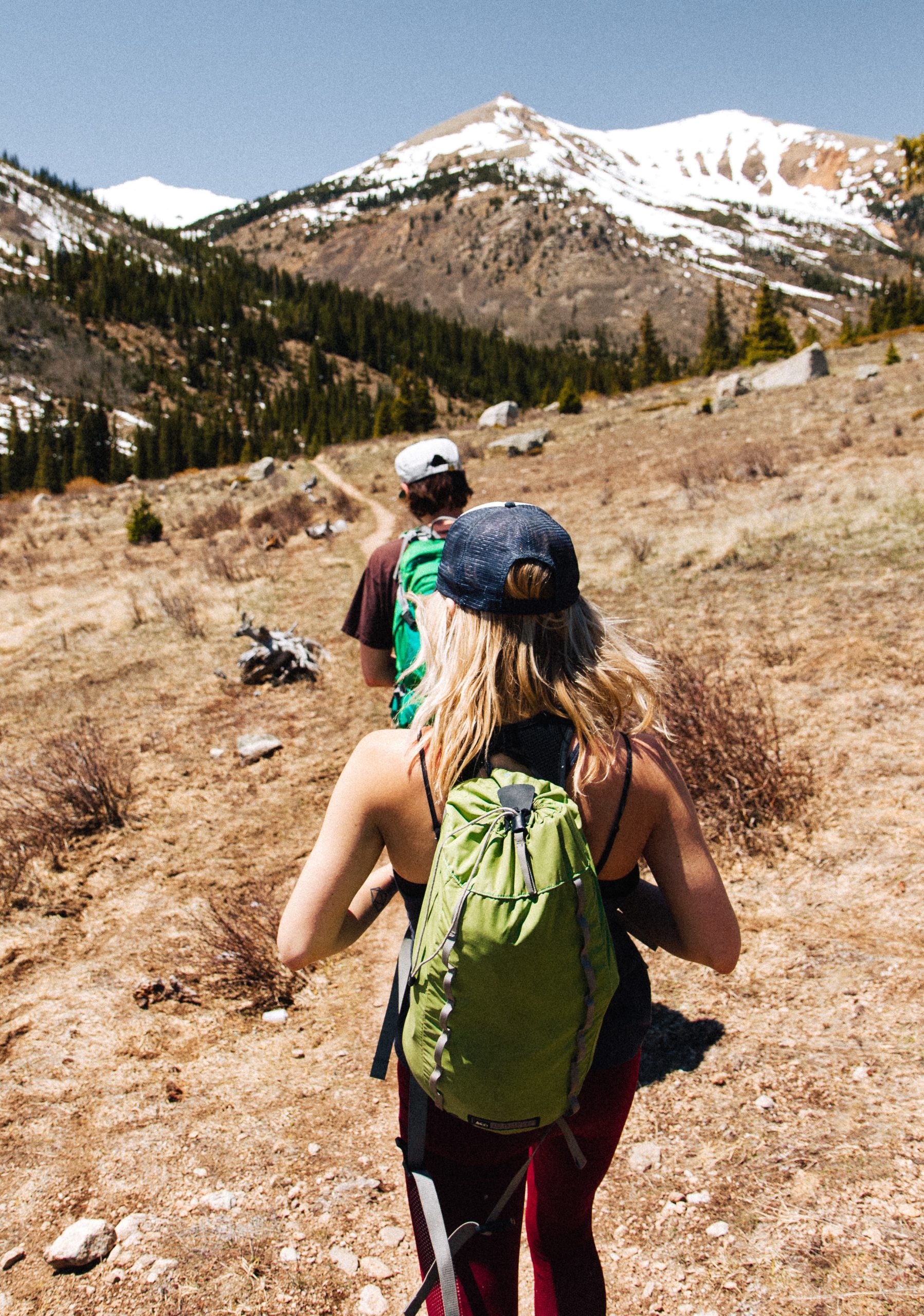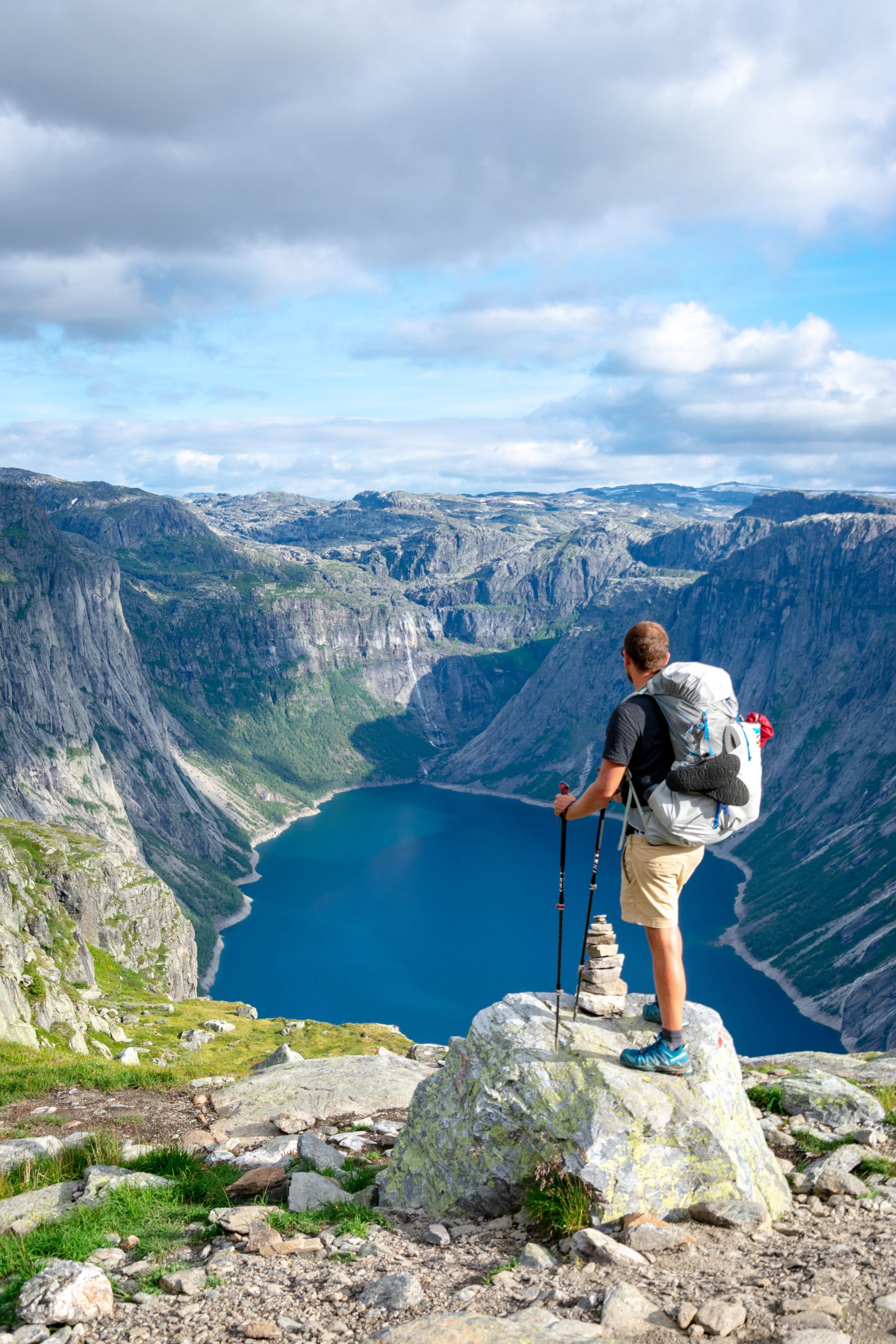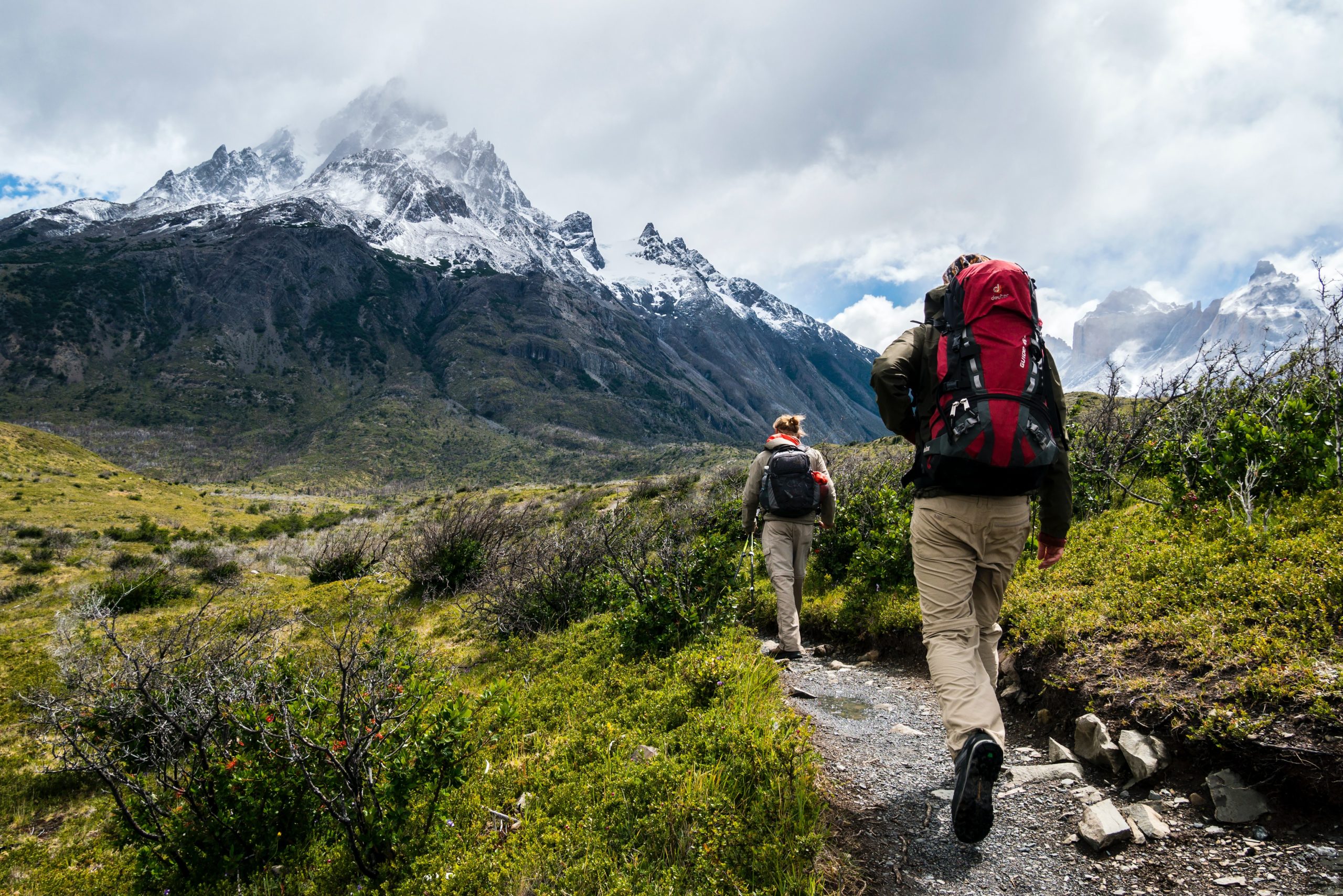Although you were no stranger to hillwalking and had always enjoyed exploring winding woodland trails, relocating to The Wine & Country Club meant that you would be gaining access to the idyllic and dramatic natural setting of the Sierra de Grazalema and Sierra de Las Nieves range. Such realisation motivated you to go one step further and become a trekking expert. The dictionary looks at trekking as a long vigorous and arduous hike in wild natural environment, on or off hiking trails or footpaths, for multiple days (whereas hiking—which you and the family have also picked up—involves long energetic walks across country for a day or overnight). Thus, trekking is emphasised as more demanding, and challenging than hiking. It requires more effort and some bread-and-butter basics, as well as a deep knowledge of the trail you intend to follow and planning your route carefully.

Before embarking on such an adventure, you spent some time carefully gathering information and taking the necessary steps to avoid nasty surprises and unnecessary upsets. You knew that the first thing you needed to check was your degree of fitness and the level of difficulty of the route. You thought it best to start off at a low pace, with a gentle trail that required little trekking experience.
You also knew that aspects such as altitude, climate and time of travel are critical factors, as well as checking if the weather forecast says it will rain. Although in this trekking area you now call home, chances are you will not be exposed to rain—given that in Malaga, the number of raining days is 50 days per year in average—, you still needed to double check.
You then packed your backpack, which included water, food—plenty of nutritious food, better safe than sorry—, sunscreen, a small first aid kit, a Swiss army knife, a map, a compass, and a GPS. You thought it wise to keep it down to the essentials and do without any unnecessary weight—as it is not advisable to overload your backpack—. You also made sure to take a smartwatch, sunglasses and trekking poles with you.
As for clothing, the rule of thumb is always to choose breathable garments; fabrics such as cotton take longer to dry and can make you feel uncomfortable and heavy. Finally, before setting out, it is best to learn about the topography of the area so you can navigate it smoothly.
Trekking Across The Serrania de Ronda
All dressed up and all packed up, and ready to go on your trekking adventure, just before leaving home you made sure to inform your family about where you were going, the route and approximate journey time—make sure there is always someone who is informed of your whereabouts, should anything happen—.
You decided to take it easy on the first leg of the journey, after all this was no marathon and there were no finish lines you needed to cross. You thought it safe to make a 5-to-10-minute pit stop to rest every hour or so. You wanted to be out trekking for the day, but were determined to make it home before night fell, well in time to enjoy the cosiness and intimacy of your winery estate after a full day’s trekking. After a relaxing shower, you cracked open that bottle of red that had your name written all over it since your last harvest ended, and enjoyed it on the pool terrace, overlooking the mountains in which you had been trekking earlier that day.

From then on, you started increasing the level of difficulty of your trekking routes. You set your own new record when you went from gentle trails to demanding routes in little over a month—you reached level 2 of 4, which meant that you were ready to hit trails of up to 5,500 metres above sea level—.
The routes at level 2 would always have adequate infrastructure and signage, and this would always come in handy.
You are currently at level 3, where routes may lay blurred in some sections and the trail may be hard to follow. Sometimes it may cross rivers and there might be an obstacle in the path.
For now, you are fully satisfied with the level you are at.
In the future, though, you may be tempted to pursue level 4, where mountaineering is combined with climbing at altitudes greater than 5,000 metres above sea level, with little or no infrastructure.
I mean, if you have been able to produce your own wine, nothing stops you from pursuing level 4, right?




